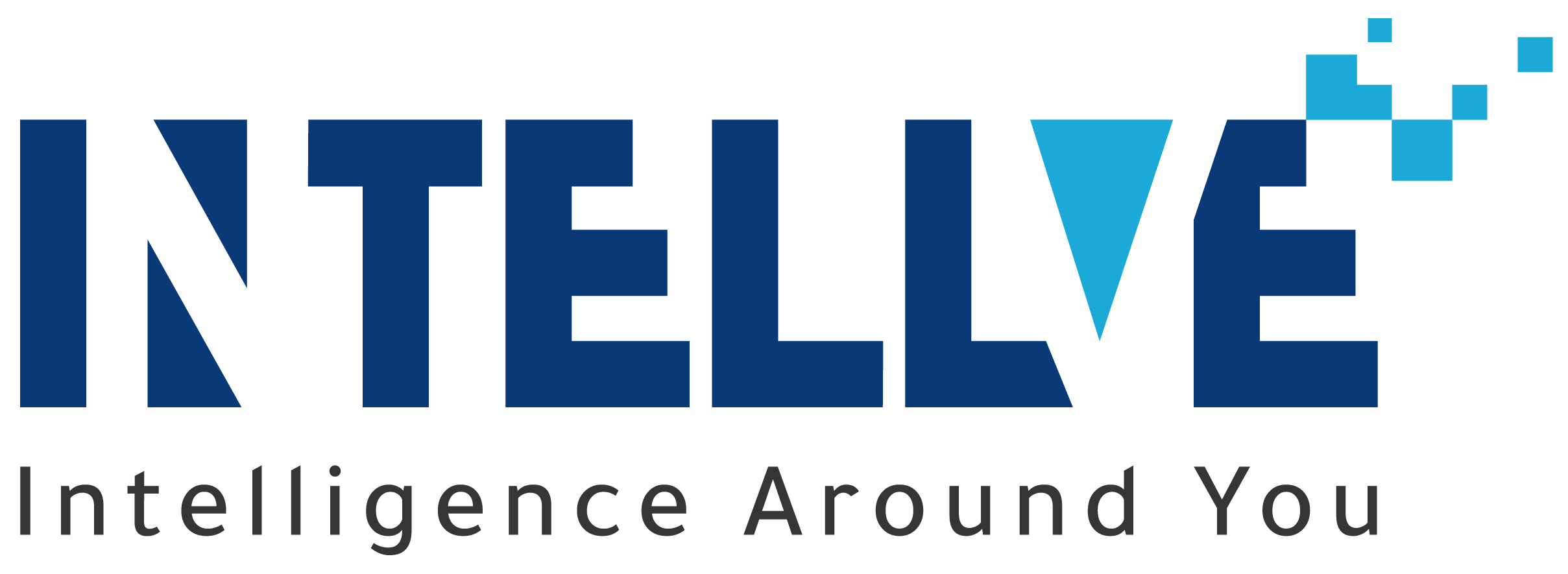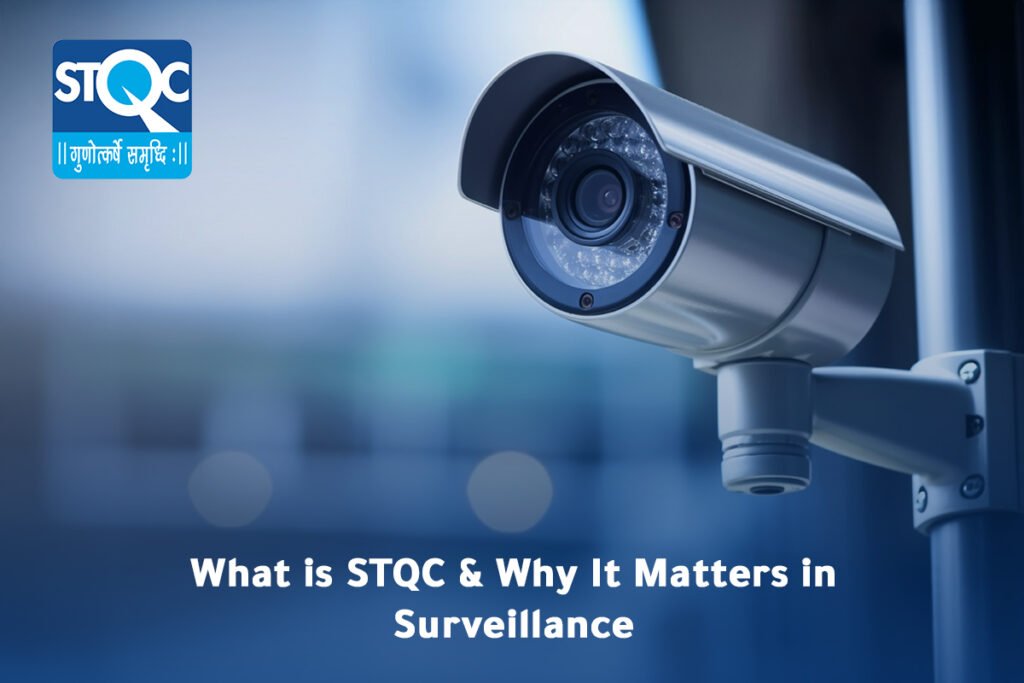If you buy or run CCTV in India, Four letters keep coming up: STQC. The acronym stands for Standardization Testing and Quality Certification, a program under India’s Ministry of Electronics and Information Technology. In plain words, STQC is the government’s way of saying a product meets defined technical, security, and reliability standards. For surveillance leaders choosing cameras, recorders, or a full stack across multiple sites, that stamp is not just another sticker. It is an assurance that the gear has been tested the right way, for the things that actually matter when the lights flicker and the network coughs.
So what does that mean for your next RFP or rollout? Let’s unpack STQC in terms that help you make decisions quickly and avoid costly regrets.
Why STQC Exists in the First Place
Surveillance is more than pixels. It is evidence, safety, and sometimes a lifeline for operations. The market is crowded with lookalike devices that can pass a quick demo but fail under real conditions. STQC fills that gap by validating performance, electromagnetic compatibility, environmental durability, and increasingly, cyber hygiene. When you add policy and compliance pressures on top of all that, the math is simple: choosing STQC-approved CCTV raises the baseline from day one.
Procurement teams feel the difference. Fewer guessy spec sheets and fewer “works in the lab, breaks in the field” moments. Clearer audit trails when regulators ask questions. That calm shows up most when something goes wrong and you need proof that your selection process was disciplined, not improvised.
Interop and the Bigger System Picture
Cameras live in ecosystems. They talk to VMS, access control, analytics, recorders, and storage. The best surveillance setup is useless if pieces refuse to play nicely. While STQC does not replace your integration testing, it reduces the odds that a device will behave in eccentric ways around standards it claims to support. That shows up in cleaner ONVIF behavior, more predictable event streams, and fewer surprises when you add analytics at the edge.
For integrators, STQC-approved CCTV shortens troubleshooting. When you can trust the baseline, you can focus on network design, retention policies, and operator workflows instead of chasing weird device quirks.
Cybersecurity and Trust, in Practice
Security teams rightly worry about default credentials, open ports, and firmware provenance. Modern STQC scopes increasingly look for sensible password rules, encryption at rest and in transit, signed updates, and audit logs. That is not a guarantee that a device will never have a vulnerability. It is a strong signal that the manufacturer knows the basics and has built the right hooks for updates.
Translate that to daily ops. When an incident happens, you can show that your selection followed a recognized process. When an update drops, you can apply it with less fear of breaking essentials. That is the everyday meaning of STQC security certification for a busy security or IT team.
Performance Where It Counts
Procurements often hinge on resolution and price. Field success often hinges on dynamic range, motion handling, and low-light performance. STQC testing stresses those areas so you do not discover the limits at the worst moment. Think platform lighting that varies by hour, reflective floors, headlights, or a foggy dawn at a gate. A camera that passed realistic tests is more likely to deliver a usable face or plate when you need it most.
If you run multi-site estates, this consistency compounds. Standardizing on STQC-certified CCTV camera brands in india lets you tune profiles once and reuse them across locations, instead of reinventing the wheel for each new store or depot.
What STQC Does Not Do for You
Certification is not a substitute for design. You still need to place cameras well, plan network segments, size storage, and write privacy policies. You still need user training and runbooks that turn alerts into actions. A certified camera in the wrong spot is still a bad camera in practice. Pair STQC certification for CCTV cameras with a thoughtful architecture, and you get reliability without rigidity.
Cost, Value, and the Long View
Certified devices can cost a bit more on day one. Over a lifecycle, they often cost less. Fewer site revisits. Fewer mystery failures. Better logs when something odd does happen. Longer support windows. In a world where labor and downtime are the real expenses, that value is hard to ignore.
This is the quiet benefit of choosing STQC-approved CCTV as your default for new projects. You buy predictability. Your operators notice the calm. Your finance team notices fewer truck rolls.
Conclusion
STQC is not a trend. It is a quality and security baseline for surveillance gear in India. Use it to filter the market, to anchor your RFPs, and to reduce risk without slowing down.
Remember that certification does not design your system, but it does make your design more likely to work as intended. And when the question comes from leadership or audit, you will have a clear, defensible answer for why you chose what you chose.



